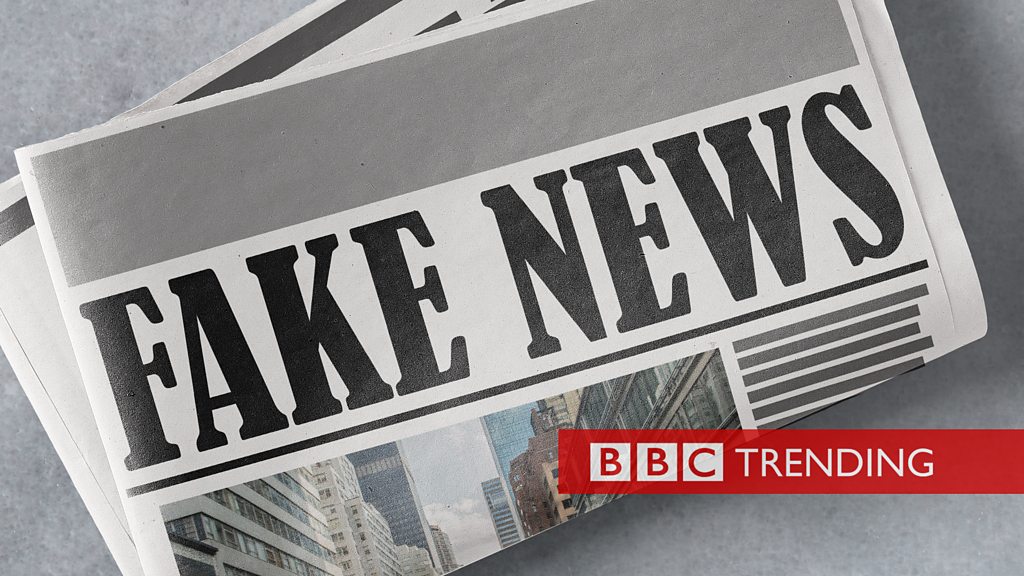
In today’s digital age, the spread of information is faster than ever, but unfortunately, so is the spread of misinformation. Fake news has become a pervasive issue, with fabricated stories spreading through social media, websites, and Fake news even mainstream media outlets. The ease with which misinformation can be created and shared has made it harder to distinguish between truth and lies. The consequences of this can be far-reaching, affecting political opinions, public health, and societal beliefs. So how can we, as consumers of news, effectively spot fake news and ensure that the information we believe and share is accurate?
One of the first steps in identifying fake news is to examine the source of the information. Reliable news outlets typically have a long-standing reputation for factual reporting and editorial oversight. When reading an article, check the publication’s credibility. A simple way to do this is by researching the website or media outlet-if the site is unfamiliar or has a reputation for sensationalism, it might be worth questioning the authenticity of the story. In contrast, trustworthy sources such as respected newspapers, government websites, and academic institutions tend to provide verifiable and fact-checked information.
Another key indicator of fake news is the sensationalism of the headline or article. Fake news often thrives on catchy, exaggerated headlines that spark strong emotions like anger or fear. These types of headlines are designed to grab attention quickly and encourage readers to click on the article, often without reading it in full. If the title seems overly dramatic or too good (or bad) to be true, it’s a red flag. It’s essential to dig deeper into the article to see if it backs up its claims with evidence or reliable sources. Critical thinking plays a huge role here-don’t let your emotions guide your judgment.
Moreover, the presence of anonymous sources is another warning sign when trying to discern fake news. Many legitimate news outlets attribute their stories to experts, officials, or people with firsthand knowledge. Fake news articles, however, often rely on anonymous or unverifiable sources. If the article doesn’t provide names or clear explanations of where the information is coming from, it’s a good idea to approach it with skepticism. In addition, if the article quotes a source without explaining their credentials or expertise, this may be an attempt to add an air of legitimacy to a fabricated claim.
A crucial tool in spotting fake news is fact-checking. Websites such as Snopes, FactCheck. org, and PolitiFact are invaluable resources that debunk common myths, rumors, and false claims circulating online. Before sharing a piece of news or using it to support an argument, take a few moments to cross-reference it with trusted fact-checking platforms. These organizations are dedicated to verifying information and can quickly tell you whether a particular claim has been debunked. In fact, many social media platforms are now integrating fact-checking labels to warn users about misleading content, providing an extra layer of protection against fake news.
Additionally, it’s important to consider the date of the information. Fake news often circulates old stories or outdated facts, presenting them as current events. In some cases, an article from years ago might be shared again with the intent to mislead people into thinking it’s happening now. Always check the publication date and verify that the information is still relevant to the current context. This small but important step helps you stay up-to-date and prevents the spread of irrelevant or distorted news.
Lastly, one of the most effective ways to avoid falling for fake news is to build digital literacy skills. Educating yourself on how news is produced, understanding biases (both your own and those in the media), and developing the ability to evaluate sources critically are key to becoming an informed consumer of news. The more you practice these skills, the easier it will be to spot the subtle signs of fake news. Sharing this knowledge with others also helps combat the spread of misinformation, ensuring that we all contribute to a more informed and responsible society.
In conclusion, while fake news may continue to be a challenge in the digital age, there are several steps we can take to protect ourselves from its influence. By critically evaluating the sources of news, checking for sensationalism, relying on fact-checking resources, and fostering digital literacy, we can all do our part in unmasking the truth. The power to combat fake news lies not just with news outlets, but with every individual who consumes and shares information online. So, next time you read a story, ask yourself: Is this the truth, or is it just another piece of fake news?
You said: